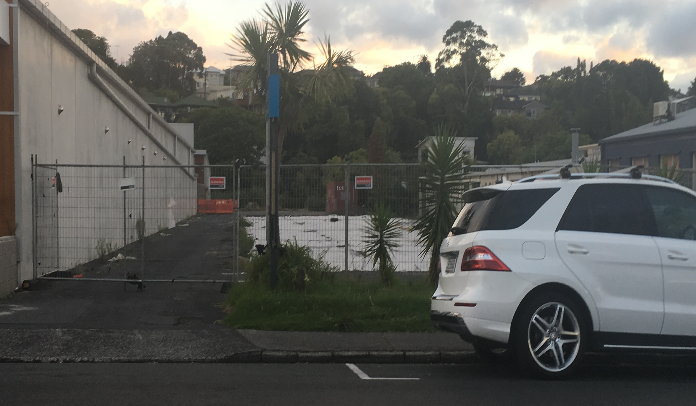One way in which owners can have land lawfully taken from them is under section 129B of the Property Law Act 1952. This section provides that access may be granted to an owner of landlocked land for the purpose of providing relief from the lack of access. Obviously, to provide that relief the Court must take an order against the owner of the neighbouring land to allow access.
A piece of land is landlocked if there is no reasonable access to it. In the 1970s and 1980s, it was more likely that reasonable access would not necessarily include vehicular access. In one 1980s case, the Judge commented that ‘vehicular access in Wellington is the exception rather than the rule … what is required is that there should be adequate off-street parking”.
What is Reasonable?
In a more recent 1994 case, however, the Judge held that while reasonable access did not invariably mean vehicular access, a determination should be made in light of current requirements and the general topography and nature of the area in question. In that case, vehicular access was granted.
The successful cases have generally arisen where there is “inadvertence or a historical accident”. Typically access was available to the owner of the landlocked and through an informal arrangement and that access was subsequently denied. This is because the Court must have regard to the access that existed when the applicant purchased or otherwise acquired the land, or the circumstances in which the land became landlocked.
In Kingfish Lodge (1993) v Archer the applicant was the owner of the licensed tourist lodge which had existed since 1946 but was accessible only by sea. The owner had plans for redevelopment which required access by land through neighbouring firms. Negotiations with the owners of these farms had been unsuccessful. In that case, it was held that the land was not landlocked. Physical access to the land did not necessarily require vehicular access. For 46 years it had depended exclusively on sea access quite successfully and could therefore continue to do so.
In Wentworth v Sayes, however, the landlocked land was a valuable block at the bottom of a cliff facing the ocean. The land was part of a subdivision in 1992 in which the other blocks except for this one all had vehicular access. In 1994, an application was made for vehicular access and that application was opposed by 23 defendants. The application was successful and the Judge noted that three acres of prime residential property necessarily requires vehicular access. “The idea of parking on the land above the cliff … and walking down a track make no sense”.
While the application was not made by a property developer, there is a concern that property developers may abuse the grant of relief. Because in this case, it would seem that a development opportunity was available to the owner, it raises concerns that property developers may take advantage of the section 129B to develop landlocked land to the detriment of the owner who must grant access to it.
Although cases under section 129B arise fairly infrequently, it is not uncommon for practitioners to come across landlocked and from time to time. Generally, these matters can be resolved without recourse to the Court but relief may be available under s129B if required.
DISCLAIMER: All information in this newsletter is to the best of the authors’ knowledge true and accurate. No liability is assumed by the authors, or publishers, for any losses suffered by any person relying directly or indirectly upon this newsletter. It is recommended that clients should consult a senior representative of the firm before acting upon this information.

